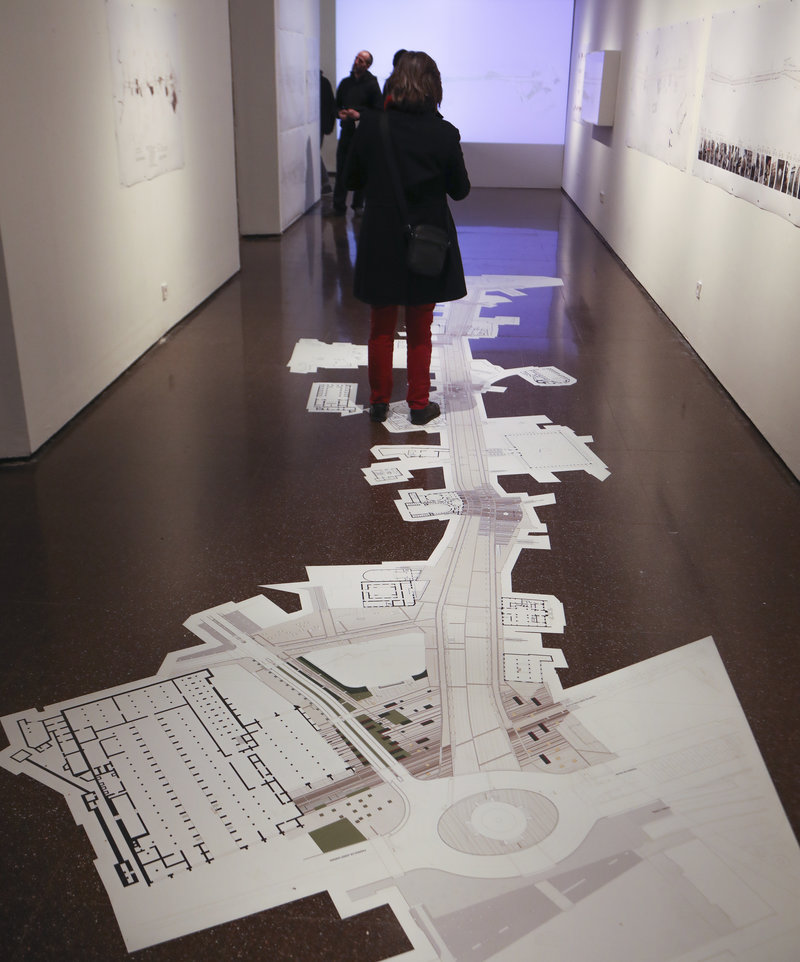Utopian mission: revive La Rambla
Architect Itziar González charges 44 artists at the Santa Mònica art centre with restoring the essence of the iconic Barcelona boulevard and reclaiming it for local residents
Hardly anyone lives on Barcelona’s Rambla. Few more than 80 people are residents of the famous boulevard that has become a symbol of how mass tourism has transformed the city centre. Yet this number was unknown until 2018, when the Km-Zero team led by architect Itziar González found it out by going from door-to-door talking to those who are often overlooked in cities in the grip of predatory capitalism.
This studio made up of professionals from different fields won the competition to develop a rehabilitation plan for La Rambla (also known as Les Rambles), and six months later they delivered the project. Building work has already started and is forecast to culminate in 2030.
Yet the idea of the former councilwoman for the Ciutat Vella neighbourhood was never about just providing an aesthetic facelift for La Rambla. The real change will occur, González says, when local citizens reappropriate it: “Les Rambles must go back to being a street, an expression of revolt,” she says.
At the end of La Rambla, in the Santa Mònica arts centre, an exhibition not long opened shows reimaginings of the famous street and calls on the public to become participants in its restoration. For the exhibition, Km-Zero has resorted to the same collaborative methodology it used when it developed its plan for La Rambla. Some 44 artists have been invited to employ their creativity in putting flesh on the bones of the rehabilitation project.
“Les Rambles don’t exist, they’ve been stolen from us,” the writer Ortésia Cabrera, who is part of the project, lamented during the exhibition’s presentation. Yet everyone, in one way or another, can take part in this “exercise of radical imagination”, according to the director of Santa Mònica, Enric Puig.
The exhibition runs until May 21, but for now visitors to the top floor will find only walls full of wishes scribbled on post-its. These are the concepts that have gone through the heads of the 44 artists charged with turning a utopia into a reality (the exhibition is titled ’Utopia Rambles’).
“Often the only thing that matters to the authorities is the finished work, and they forget about the non-material values,” points out González, who is enthusiastic about this second chance to serve the local area. “This is the real project,” she insists.
Visitors will be able to follow the progress of the artists’ work in real time, and they can get involved. The results, or “prototypes” as the curators (González, Puig and Elena Blesa) call them, will be unveiled in May.
Another floor houses archival materials, some unpublished, which record the appearance La Rambla will have a decade from now. They reveal the attention to detail shown to the trees or the streetlights. The 80 or so residents interviewed talked about the light and dark aspects of living in this iconic space that many in Barcelona no longer consider their own. “The work has started but the locals are worried,” says González. If they get their street back, it may ease their anxiety.
Feature Art

